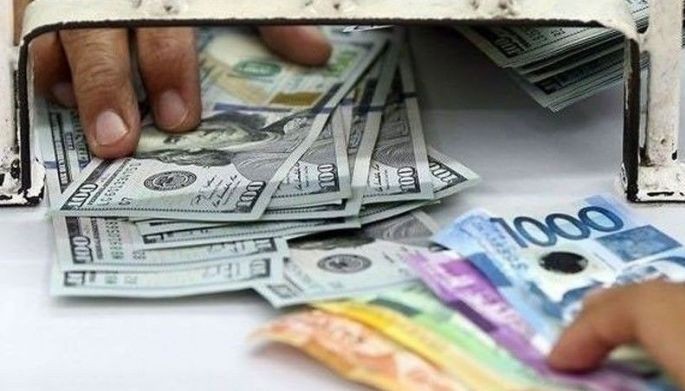Lenny Jin, global foreign exchange strategist at HSBC, said the local currency is likely to outperform some of its Asian peers such as the Indonesian rupiah, the Taiwanese dollar and the Thai baht amid a wave of hawkish repricing in the US.
MANILA, Philippines — The peso is seen outperforming other currencies in the region this year, but is not likely to strengthen against the dollar due to expectations of delayed rate cuts and the Philippines’ trade deficit, according to British banking giant HSBC.
Lenny Jin, global foreign exchange strategist at HSBC, said the local currency is likely to outperform some of its Asian peers such as the Indonesian rupiah, the Taiwanese dollar and the Thai baht amid a wave of hawkish repricing in the US.
This is due to the peso’s high yield in both nominal and real terms, the track record of the Bangko Sentral ng Pilipinas (BSP) in containing large depreciation pressures, limited exposure to portfolio outflows and the economy’s resilient growth story.
This was also evident when the peso outperformed during episodes of hawkish repricing in the US such as in September and October 2023 as well as January and February this year.
“With the balance of risk around domestic inflation still skewed toward the upside, we expect the authorities to remain attentive to foreign exchange weakness,” Jin said.
“That being said, whether P57 remains a line in the sand for the dollar-peso is debatable.”
According to Jin, dollar buying and selling interventions were observed in 2023, when the dollar-peso moved close to boundaries.
“For dollar-peso, we have been emphasizing that while some moderate peso upside over 2024 is likely, that may only come when the macro environment and flow dynamics turn more positive. We do not see that turning point in the near term,” he said.
He said uncertainties regarding the interest rate environment of the US Federal Reserve may cause depreciation pressures for the peso.

















